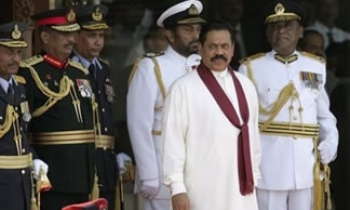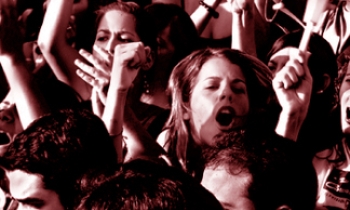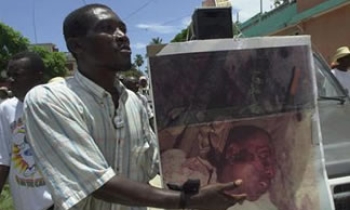The typical New Zealand journalist is a European women in her 30s who works as a reporter for a newspaper, holds a bachelor's degree, has less than five years experience, is paid about $40,000 a year, has no religious belief – and probably speaks French well enough to conduct an interview with Jacques Chirac.

These are some of the findings from the NZ Journalists Training Organisation's national survey of journalists and editors conducted online earlier this year.
Women outnumbered men 54 per cent to 46 per cent in the survey, which drew 1,216 responses from an estimated 3500 working journalists and editors. Although women have outnumbered men two-to-one in journalism school for several decades, this survey showed they do not stay long in the media industry, with men much more likely to stick around for 30 years or more.
Men also hold the better-paid jobs, with 36 per cent of them earning more than $70,000 a year, compared to only 14 per cent of women in that pay bracket. Some 12 per cent of male journalists earn more than $100,000, compared to 3 per cent of women.
The survey showed that journalists tend to be inexperienced, with 29 per cent in the career for less than five years. Most (40 per cent) work as reporters or writers, while the biggest group in the sample – about half – earns between $30,000 and $60,000.
Maori journalists are better paid at the upper end of the pay scale, with 11 per cent earning more than $100,000, compared to 7 per cent overall. The survey confirmed the dominance of Europeans in the industry. They made up 83 per cent of the sample, with 8.5 per cent identifying as Maori or Maori/Pakeha. The only other groups to register above 1 per cent were Chinese and Australians (1.2 per cent each).
Two-third of respondents who answered a question about ethnic representation in newsrooms thought minorities are under-represented. Of those who commented further (345 people), most said ethnic communities need to be attracted into journalism through school and tertiary education. Many believe more Asian, Maori and Pacific Island journalists are needed.
Asked why they chose journalism as a career, 29 per cent said it appealed, 22 per cent were interested in writing and 11 per cent wanted to make a difference. Only 0.4 per cent were attracted by pay and 1.4 per cent were influenced by school careers advisors.
In all, 724 people answered questions about their experience at journalism school, with most (more than 90 per cent) saying it prepared them well for their careers.

Employers said grammar was the biggest weakness they saw in journalism newcomers, while knowledge of computers and attributes like enthusiasm and curiosity were the biggest strengths.
Asked if they could conduct an interview in a language other than English, 60 said French, 32 listed Maori, 26 German and 14 Spanish. One respondent claimed to speak nine languages.
The survey followed similar ones in 2003 (290 respondents) and 1994 (1300). The sample of 1,216 represented a significant cross-section of New Zealand journalists, according to the company which analysed and collated the results for the JTO, Shattock Communications.
The 2001 census statistics listed 5,361 reporters, editors, subeditors, photographers and proof-readers, but this appeared to be misleading given that only half that number were estimated to be working fulltime in the media industry (the JTO has 1,860 members who mostly work for about half a dozen large media groups). Next census figures are due in December.
The survey results have also been sent to Geoff Lealand at Waikato University - who conducted previous JTO national surveys (2003, 1994, 1989) – and he will draw comparisons with the earlier data and identify trends.









